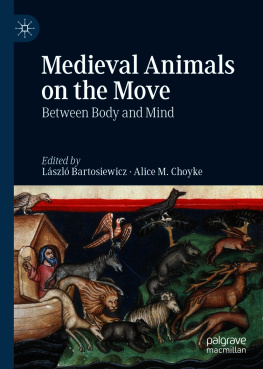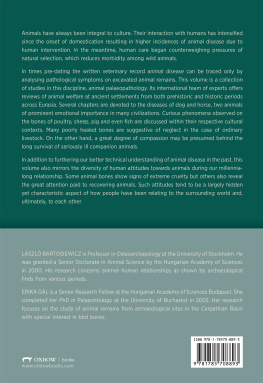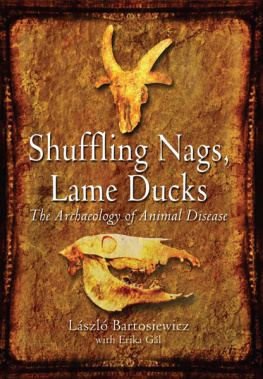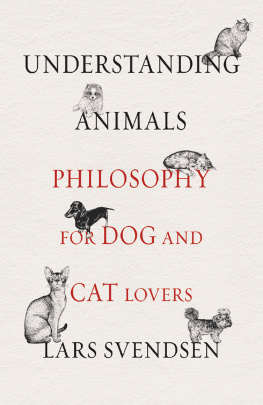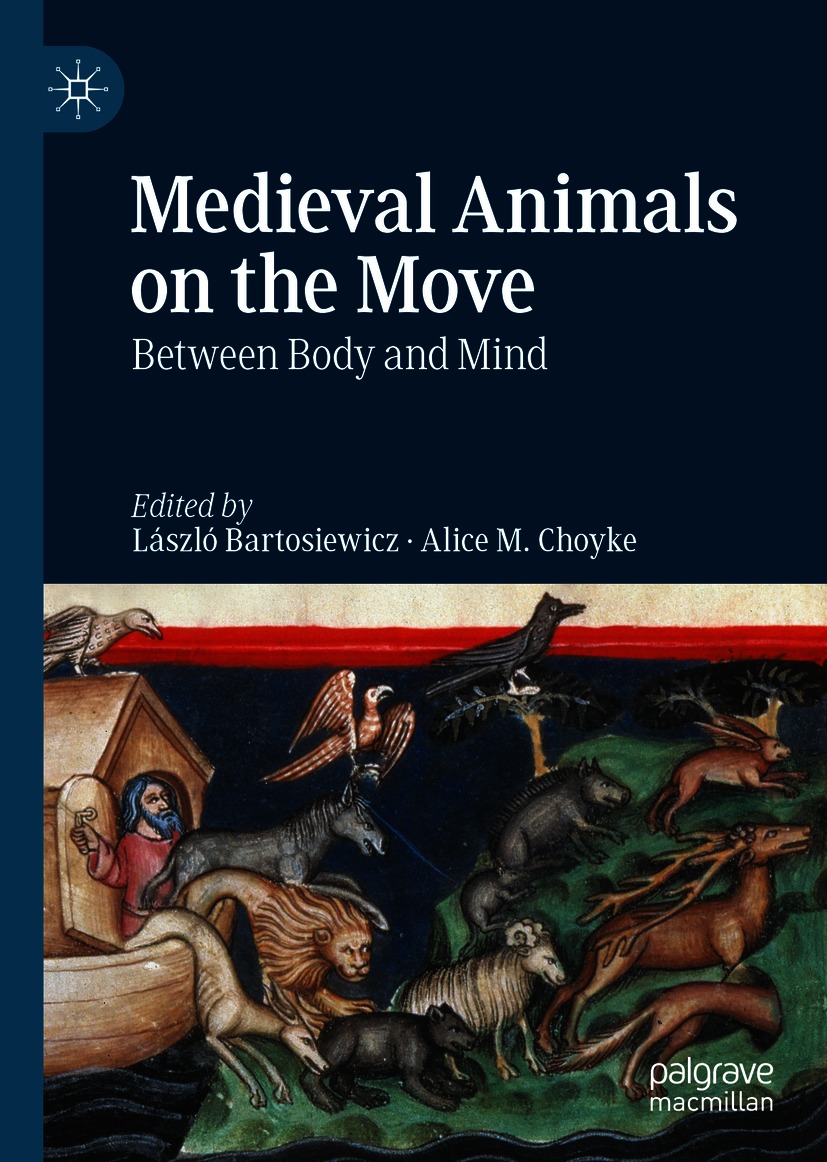Editors
Lszl Bartosiewicz
Osteoarchaeological Research Laboratory, Stockholm University, Stockholm, Sweden
Alice M. Choyke
Department of Medieval Studies, Central European University, Vienna, Austria
ISBN 978-3-030-63887-0 e-ISBN 978-3-030-63888-7
https://doi.org/10.1007/978-3-030-63888-7
The Editor(s) (if applicable) and The Author(s), under exclusive license to Springer Nature Switzerland AG 2021
This work is subject to copyright. All rights are solely and exclusively licensed by the Publisher, whether the whole or part of the material is concerned, specifically the rights of translation, reprinting, reuse of illustrations, recitation, broadcasting, reproduction on microfilms or in any other physical way, and transmission or information storage and retrieval, electronic adaptation, computer software, or by similar or dissimilar methodology now known or hereafter developed.
The use of general descriptive names, registered names, trademarks, service marks, etc. in this publication does not imply, even in the absence of a specific statement, that such names are exempt from the relevant protective laws and regulations and therefore free for general use.
The publisher, the authors and the editors are safe to assume that the advice and information in this book are believed to be true and accurate at the date of publication. Neither the publisher nor the authors or the editors give a warranty, expressed or implied, with respect to the material contained herein or for any errors or omissions that may have been made. The publisher remains neutral with regard to jurisdictional claims in published maps and institutional affiliations.
Cover illustration: Granger Historical Picture Archive / Alamy Stock Photo
This Palgrave Macmillan imprint is published by the registered company Springer Nature Switzerland AG.
The registered company address is: Gewerbestrasse 11, 6330 Cham, Switzerland
Preface
Medieval Animals on the Move: Between Body and Mind comprises a selection of peer-reviewed papers based on the 2017 conference of the Medieval Animal Database-Network (MAD), organized at the Department of Archaeology and Classical Studies of Stockholm University, Animals on the Move in the Middle Ages. MAD has organized a series of small conferences connected to animals as material culture over the past fifteen years, starting with a volume edited by Aleks Pluskowski in 2005 entitled Just Skin and Bones? New Perspectives on Human-Animal Relations in the Historical Past (BAR International Series). Medieval Animals on the Move will be the fifth volume in this series.
MAD is a loose international network of specialists initiated by Alice M. Choyke and Gerhard Jaritz, from Central European University, in 2005. The aim of this database is to encourage scholarly integration of textual, iconographic, and archaeological sources on medieval animals based on proper understanding of how data are generated differently in various disciplines. The hope was to facilitate cross-disciplinary discourse based on properly understood, multi-disciplinary information. The intent of the database is therefore more educational than comprehensive. In addition to the database, there is also a blog ( https://mad.hypotheses.org/ ) and a Facebook page.
MADs regularly organized academic meetings promote its aims by bringing together researchers from disparate fields dealing with the rich medieval history of animalhuman relationships. The proceedings of some previous meetings held in London (2007), Madrid (2013), Vienna (2010), and Budapest (2017) have also been published. Since 2007, MAD has also been represented by its own sessions at the annual meetings of the International Medieval Congress held in Leeds, UK, and is linked with the International Council for Archaeozoology and its numerous working groups.
The goal of the Stockholm meeting was to highlight the historical development and dynamics of the entangled nature of animalhuman relationships in medieval times. Movement, as the guiding theme of the conference that ultimately inspired this volume, represents part of the way animals could be understood in the Middle Ages. Medieval people defined beasts by the way they physically moved and behaved in the natural world but also by the way they moved onto the written page and images from ideas circulating about them derived from ancient and contemporaneous authorities. These notions changed depending on the author and the cultural traditions of the part of Europe these manuscripts were produced.
The volume offers a review of Medieval and Early Modern Age cultural attitudes toward animals, reflecting diversity in social life. It is aimed, not only at researchers and students exploring the history of animals, but also at a broader readership interested in how our attitudes toward the animal world have evolved over centuries in a variety of cultural contexts.
The chapters included contribute to integrating three basic branches in medieval studies: archaeology , history (comprising both documentary and literary sources), as well as iconography.
These differing sources have traditionally been studied using different paradigms. The integrated approach in this book is meant to strengthen awareness of the complex interplay between the histories of nature and culture in scholarship. In addition to being multi-disciplinary, the volume is emphatically international, with authors representing research in Austria, China, France, Hungary, Ireland, Italy, Serbia, Sweden, and Switzerland.
Lszl Bartosiewicz
Alice M. Choyke
Stockholm, Sweden Vienna, Austria

